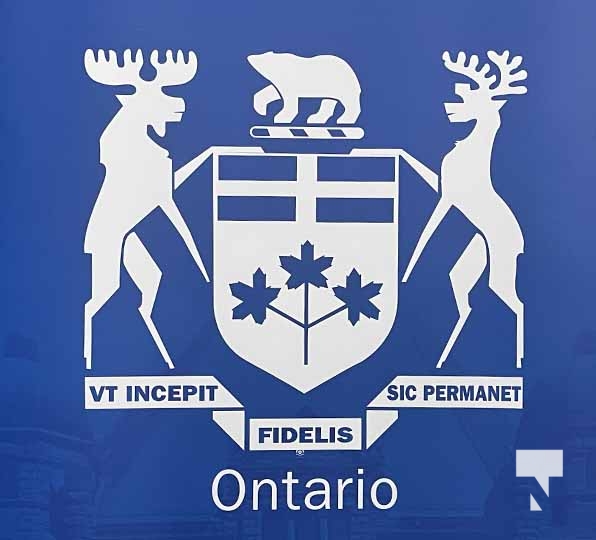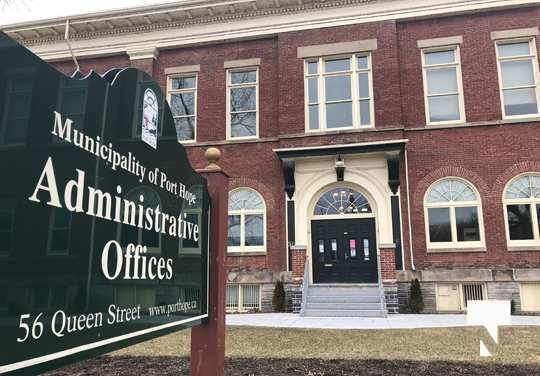Province making the popular Community Paramedicine for Long-Term Care program permanent and expanding it to serve more communities
The Ontario government is investing $89 million to protect seniors by making the Community Paramedicine for Long-Term Care (CPLTC) program permanent and expanding services offered in First Nations communities. The CPLTC program provides 24/7 access to non-emergency medical supports, such as routine diagnostic procedures, at-home treatments and remote monitoring to ensure more seniors can age safely in their own homes.
“Since launching in 2020 and expanding across the province in late 2022, the Community Paramedicine for Long-Term Care program has served more than 81,000 people and provided more than 310,000 hours of direct care to Ontario seniors,” said Natalia Kusendova-Bashta, Minister of Long-Term Care. “By making this program permanent and delivering care to seniors in the comfort of their homes, CPLTC will continue to protect Ontario’s long-term care system, reducing avoidable hospital visits, supporting caregivers and improving seniors’ quality of life.”
Community paramedics are typically able to provide care within hours or days, which helps prevent emergency incidents and escalation in medical conditions, and eases demand and wait times for hospitals and the long-term care system. The government’s new annualized funding will also support the expansion of CPLTC to the province’s newest certified paramedic service offered by the Independent First Nations Alliance, including in Pikangikum First Nation, and enable the Weeneebayko Area Health Authority to provide CPLTC services in Weenusk First Nation.
Providing 24/7 non-emergency support to people in their homes is one more way the government is ensuring Ontarians get the quality of care and quality of life they need and deserve. The plan to improve long-term care is built on four pillars: staffing and care; quality and enforcement; building modern, safe, and comfortable homes; and connecting seniors with faster, more convenient access to the services they need.
Quick Facts
- Seniors — people age 65 and older — make up the fastest growing age group in the province.
- The Ontario government has invested $426 million over six years to fund 56 municipal, District Social Services Administration Board, and Indigenous-governed paramedic services to administer the CPLTC program.
- People are eligible for CPLTC if they are on the waitlist for long-term care, have been assessed as eligible for long-term care but are not yet on the waitlist, or are soon to be eligible for long-term care.
- Potential clients can be referred to CPLTC by Ontario Health at Home care coordinators, primary care providers, emergency response paramedics or community agencies. Potential clients may also self-refer, or be referred by family members or caregivers, by contacting the community paramedicine department of their local paramedic service.






















